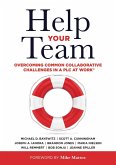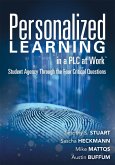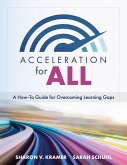
19,95 €
Sofort per Download lieferbar

22,95 €
Sofort per Download lieferbar
Gebundenes Buch
200 Recommendations to Enhance Policing and Community Safety
19. März 2022
Rowman & Littlefield Publishers
| Broschiertes Buch | 45,99 € |
Broschiertes Buch
200 Recommendations to Enhance Policing and Community Safety
19. März 2022
Rowman & Littlefield Publishers
Ähnliche Artikel

9,99 €
inkl. MwSt. und vom Verlag festgesetzt.
Sofort per Download lieferbar

17,95 €
Sofort per Download lieferbar

22,95 €
Sofort per Download lieferbar

22,95 €
Sofort per Download lieferbar

19,95 €
Sofort per Download lieferbar

19,95 €
Sofort per Download lieferbar

13,95 €
Sofort per Download lieferbar

eBook, ePUB
12. November 2012
Taylor & Francis eBooks

2,99 €
Sofort per Download lieferbar

Statt 17,95 €**
15,99 €
**Preis der gedruckten Ausgabe (Broschiertes Buch)
inkl. MwSt. und vom Verlag festgesetzt.
Sofort per Download lieferbar
eBook, ePUB
8. Dezember 2011
GRIN Verlag
Ähnlichkeitssuche: Fact®Finder von OMIKRON
